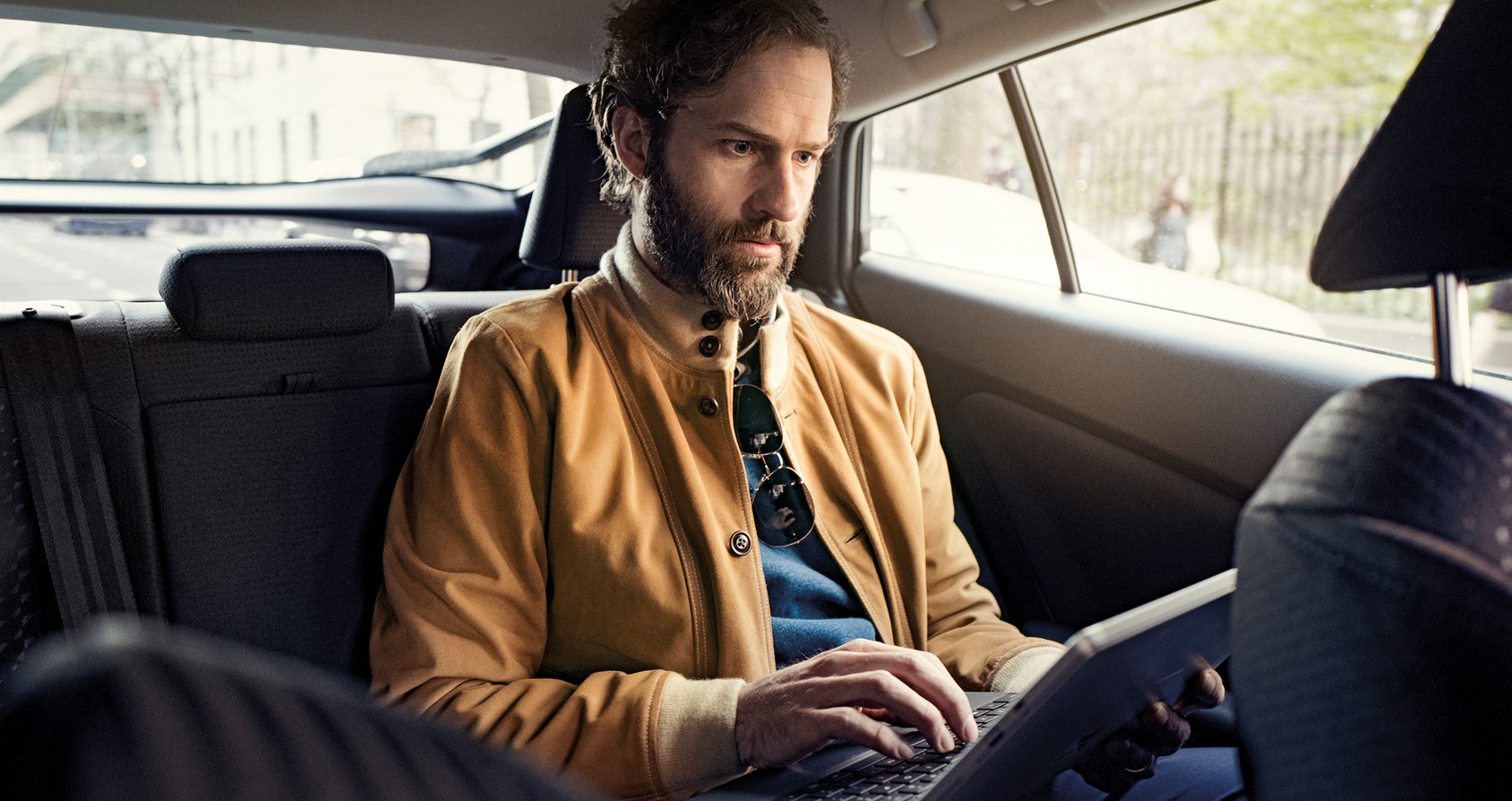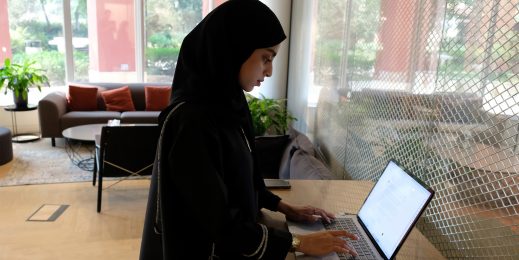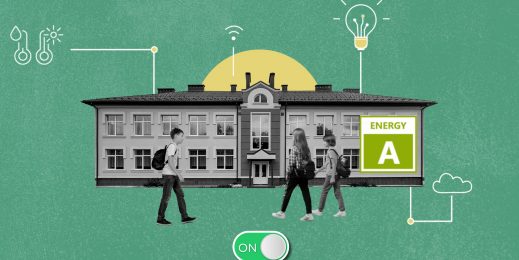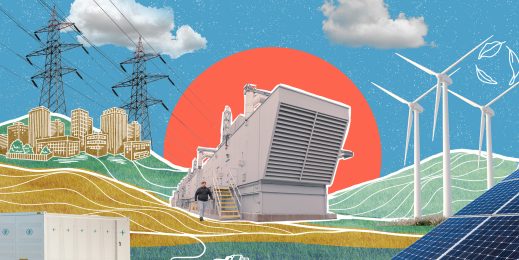
The road to smarter driving
Did you know that some Europeans spend two hours on the road every single day? (European Commission) That equates to 58,400 hours of your life spent in your car. With so much time invested in our vehicles, it’s unsurprising we expect them to do a little more than just get us from A to B.
The way we want to use cars is changing. As well as a smooth ride, we’re increasingly focused on factors such as environmental impact, safety, and the overall cost of owning a car in the first place. We want to drive more responsibly, cheaper, and waste less time.
We’ve traditionally viewed cars as our ‘go-to’ vehicles, but this attitude is changing. Individuals are now more likely to use multiple methods of transport – a combination of car, bus, and train – while more goods and services are delivered directly to our doors by both vehicles and, now, drones. Rather than default to our cars, we are now more likely to choose the best method for our environment and needs. For example, services like WhereIsMyTransport, a South African startup operating in Cape Town, can suggest to commuters which mode of public transport is best to reach their destinations. These were the issues driving much of the discussion at the Paris Motor Show, where Microsoft exhibited earlier this month.

As our behaviour changes, the demand for connected vehicles that can deliver these benefits has accelerated. Although connected vehicles make up approximately 20% of new vehicle sales today, this is forecast to reach over 90% by 2020.
Our cars are already intelligent. When we drive, we instantly calculate the quickest route via GPS systems – technology we’d now struggle to drive without. But this is only the beginning. With additional sensors, screens, and access to vast networks of data, our cars are becoming smarter, faster. The question of a smart, connected car is not ‘if’ or even ‘when’. It’s simply – ‘how’.
Today we expect seamless connectivity from our digital devices – one continuous experience at work, at home, and on the move. The same is true of our cars, which have already become a ‘second home’ for many of our daily digital activities – listening to music, or entertaining our kids with movies and games. Many of us also take hands-free calls, transforming our cars into ‘second offices’ that empower us to work on the go. It’s inevitable that our cars will soon become connected to all devices we use at work and home.
Car manufacturers are already tapping into these behaviours to make our cars a more productive place to be. In partnership with Microsoft, Daimler AG has launched the “In Car Office” to make our ‘second office’ vehicles work seamlessly. The “In Car Office” system taps into your Office 365 calendar data and auto-populates your GPS with directions to your next meeting. It will also dial you automatically into conference calls, without you taking your hands off the wheel.
Technologies like “In Car Office” will, in the words of Dr Dieter Zetsche, Chairman of Daimler, turn our car into a “quality-time machine” that will encourage us all to leave the office earlier and spend more time with friends and family. This technology isn’t the future, it’s happening now – “In Car Office” will roll out across Mercedes cars in 2017.
We’re proud to be working with auto companies like Daimler and the Renault-Nissan Alliance to bring cars into the mobile-first, cloud-first world today. This September, the Renault-Nissan Alliance announced a global partnership with Microsoft to advance connected driving experiences worldwide. Powered by Microsoft Azure, the Renault-Nissan Alliance will develop next-generation services such as advanced navigation, predictive maintenance, and remote monitoring. Soon, drivers will be able to use their smartphone to trigger remote charging and even transfer control of their car to a friend.

They will also be able to deliver over-the-air, instant updates to vehicles, ensuring that everyone has the latest autonomous drive software and collision-avoidance applications. A secure cloud update service like this is vital to ensuring autonomous cars can be rolled out successfully and safely. The Alliance aims to launch more than 10 vehicles with autonomous driving technology by 2020.
As manufacturers make driving easier, the race is on to make our cars more productive. Intuitive interfaces, AI systems and cloud communication will open the door to entirely new driving experiences.
Connected cars will change the way we think about driving, especially as the sharing economy expands. Increasing urban density combined with a high price tag for car ownership is turning off many city dwellers when it comes to buying a vehicle. The growing alternative is car-sharing, using services like Syndicat Mixte Autolib, an electric car-sharing program in Paris, to create “public” transport networks that allow citizens to borrow a temporary vehicle that is ideal for trips away, moving house, or even just running errands. These services are becoming so popular, that one in ten new cars sold in 2030 is expected to be a shared vehicle (Automotive World).
With connected cars, these services will become even easier and personal. Imagine the rental car seat automatically adjusting itself as you unlock it with your smartphone, your entertainment and climate control settings pre-loaded and primed, while a windshield overlay pulls up turn-by-turn directions to your pre-determined destination. All information is transmitted back to the car manufacturer, ensuring you receive an accurate bill at the end of your trip.
Connected cars will also make our vehicles safer. Real-time feedback and sensor networks will allow vehicles to anticipate unsafe weather conditions, detect pedestrians, and even communicate with traffic signals, nearby buildings and other cars. Imagine driving on a windy, curvy road. In the connected car, maps appear on the dashboard highlighting the upcoming turns, and the driver is instantly alerted via a vibration if another vehicle is getting too close. New safety measures like these are expected to drop the cost of car insurance premiums already, while the arrival of autonomous driving will lower premiums by a huge 63 per cent in some markets. With a lower cost and a safer experience, connected and autonomous cars will democratize driving for billions of people.
The future of the car has captured our imagination for decades. But with scenarios like these on the horizon, the tangible reality of a connected car is here. With fully autonomous vehicles already being tested on public roads, we will soon be able to do even more in our cars. As Dr Zetsche commented at IFA, “Once the car does more driving, there’s no reason not to do video conferencing and Skype.” For the new way we drive, new technology is necessary, but this doesn’t mean the car we know today will disappear completely. Augmenting and evolving our existing car technology will continue to shape our connected lives and landscapes.
You can read more about Microsoft’s view on the Future of Automotive in “The Future of Automotive” report by innovation think tank PSFK.
















